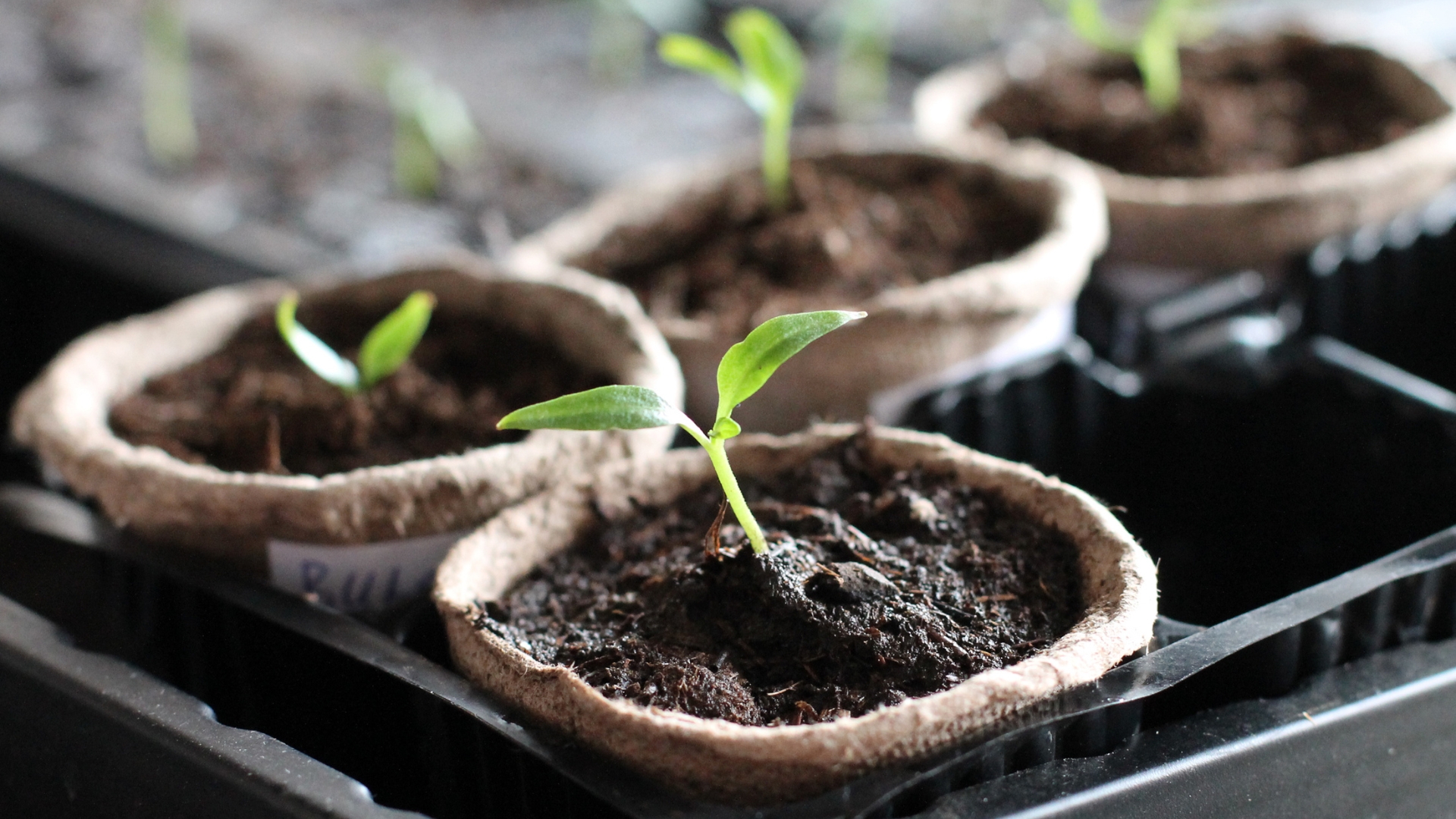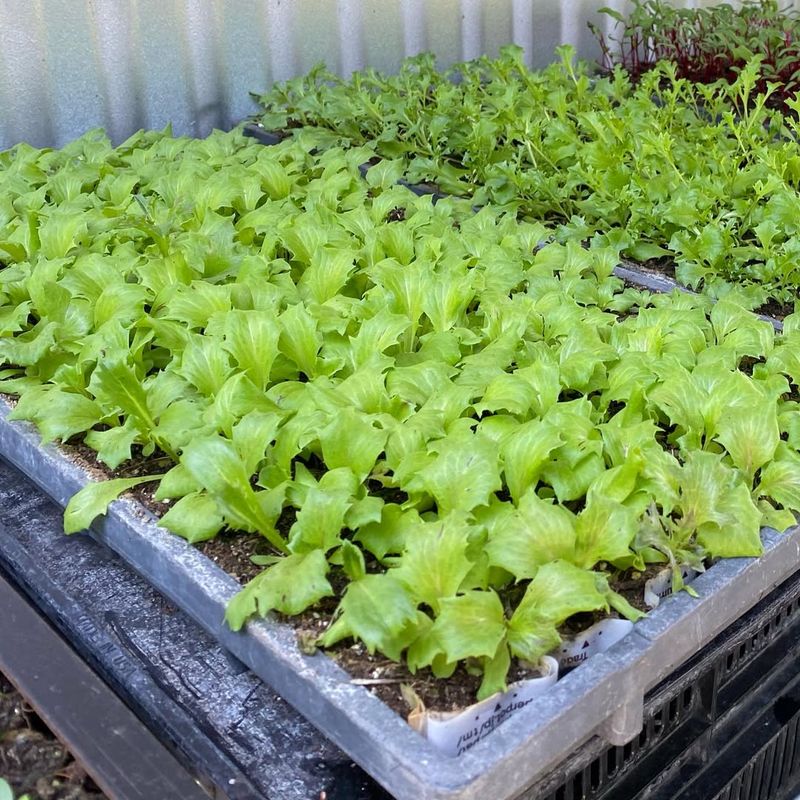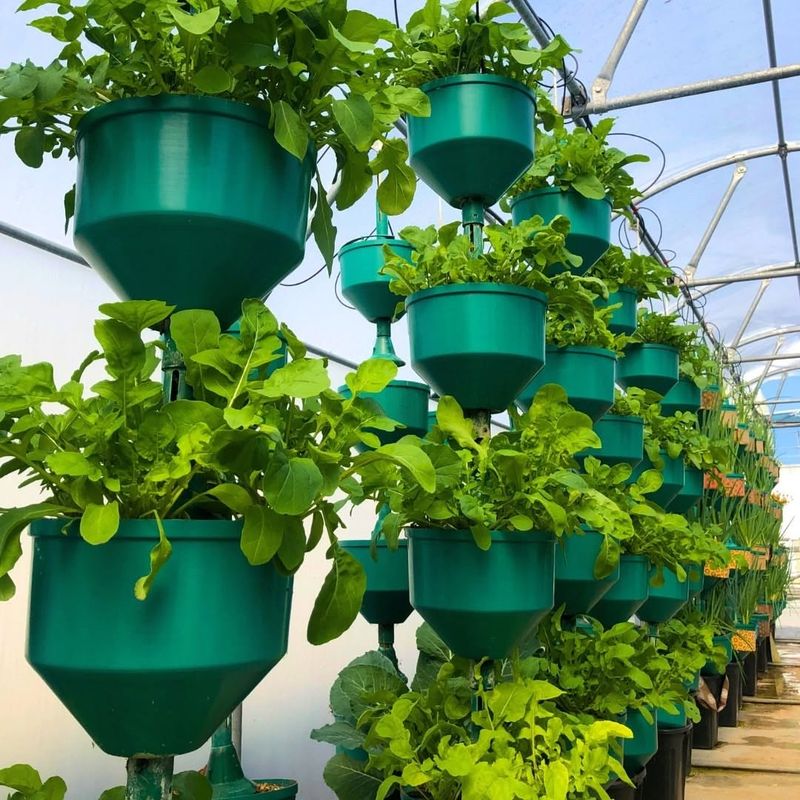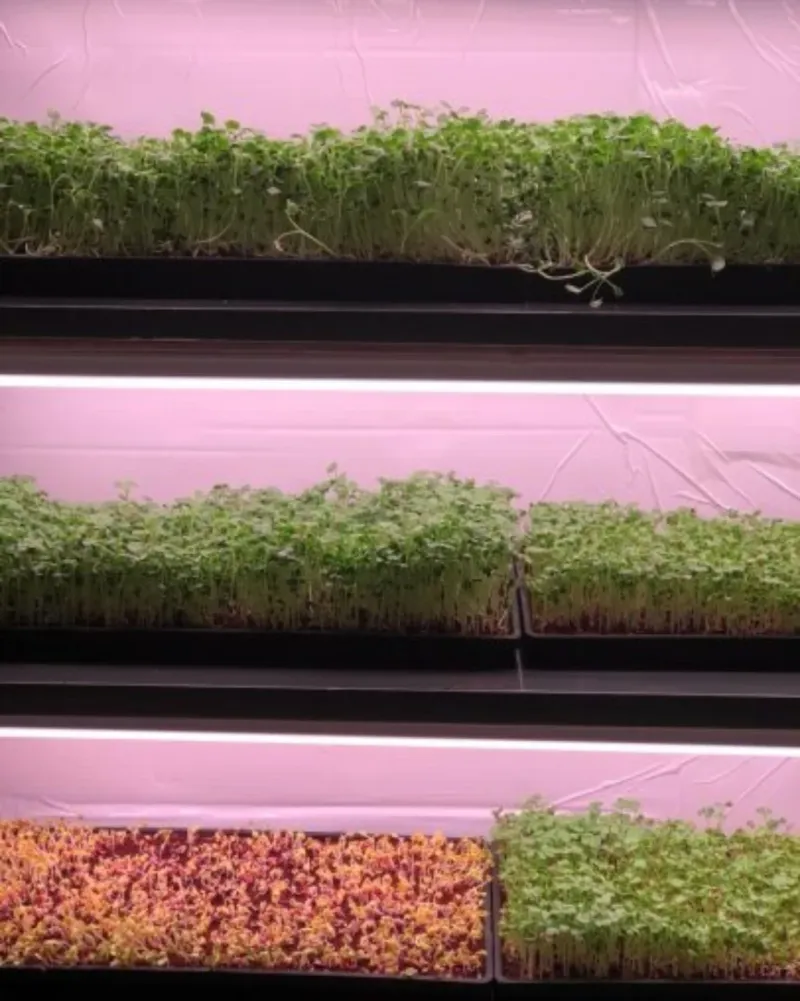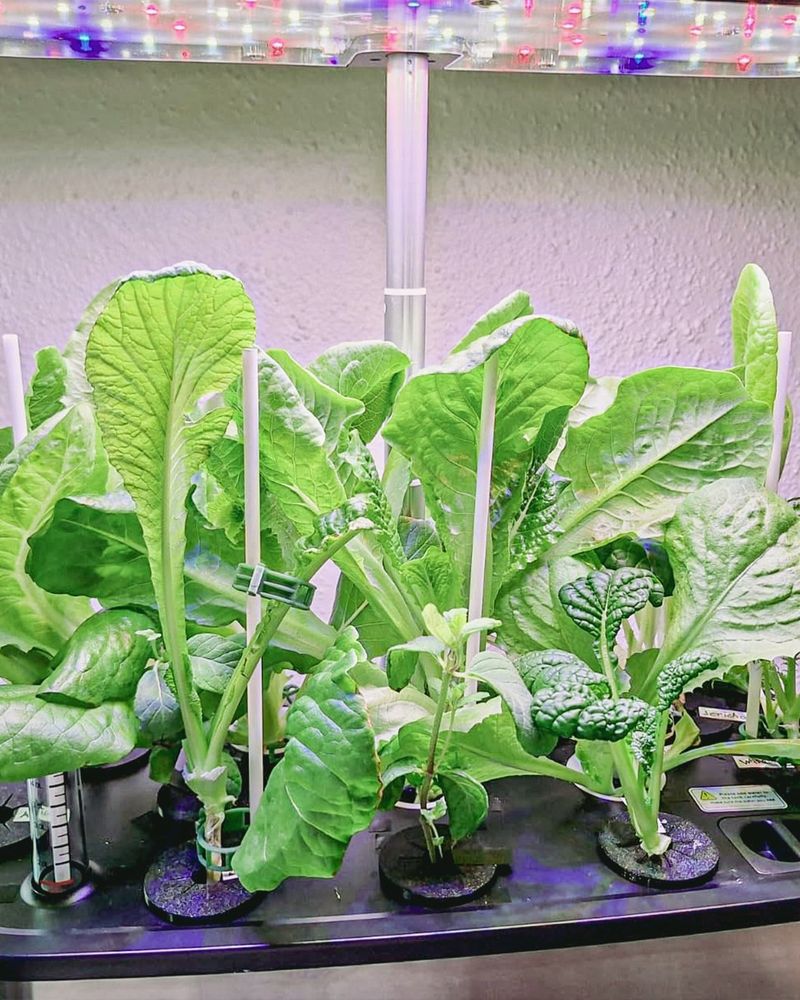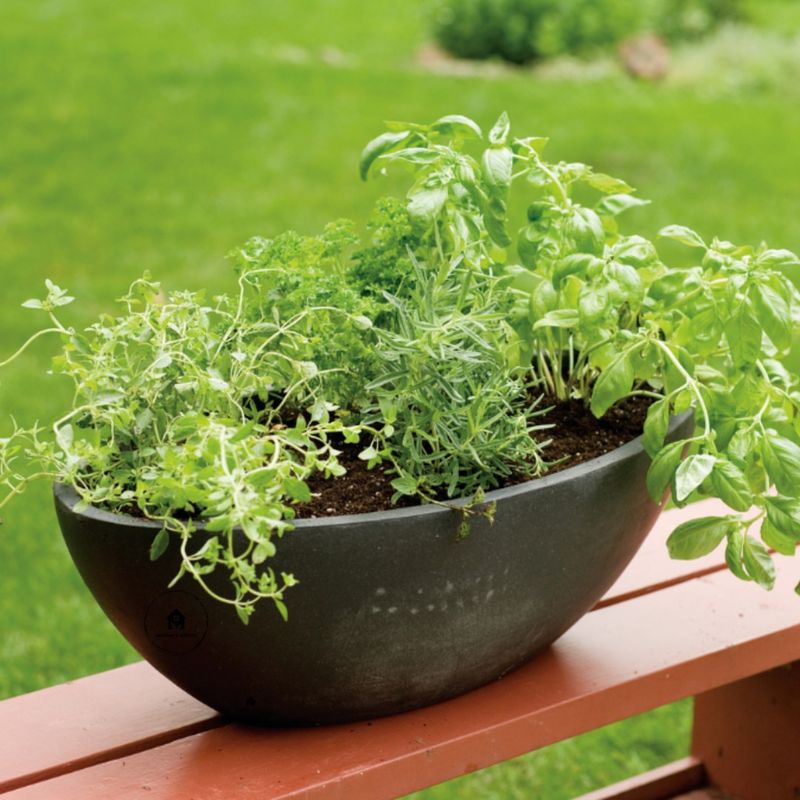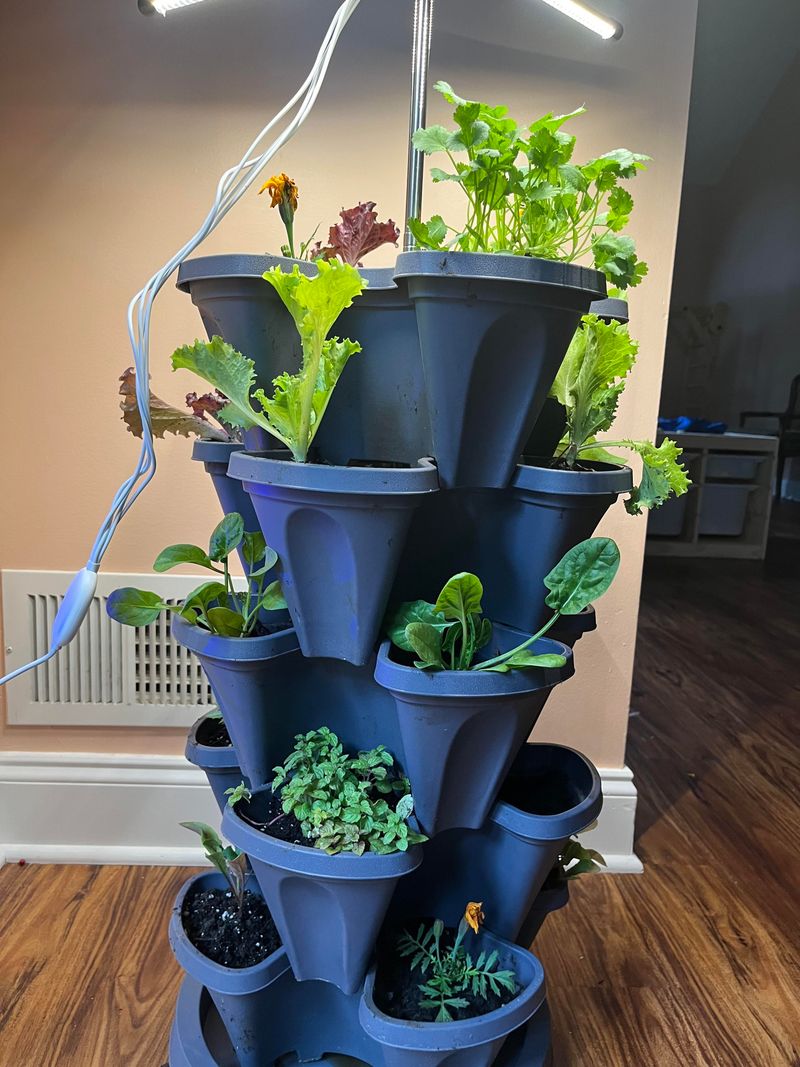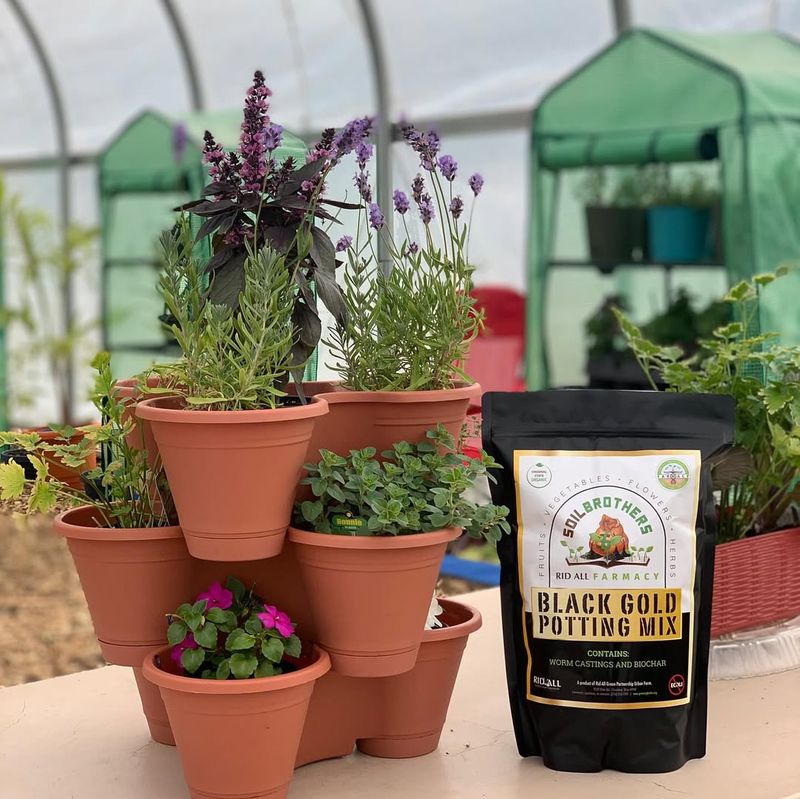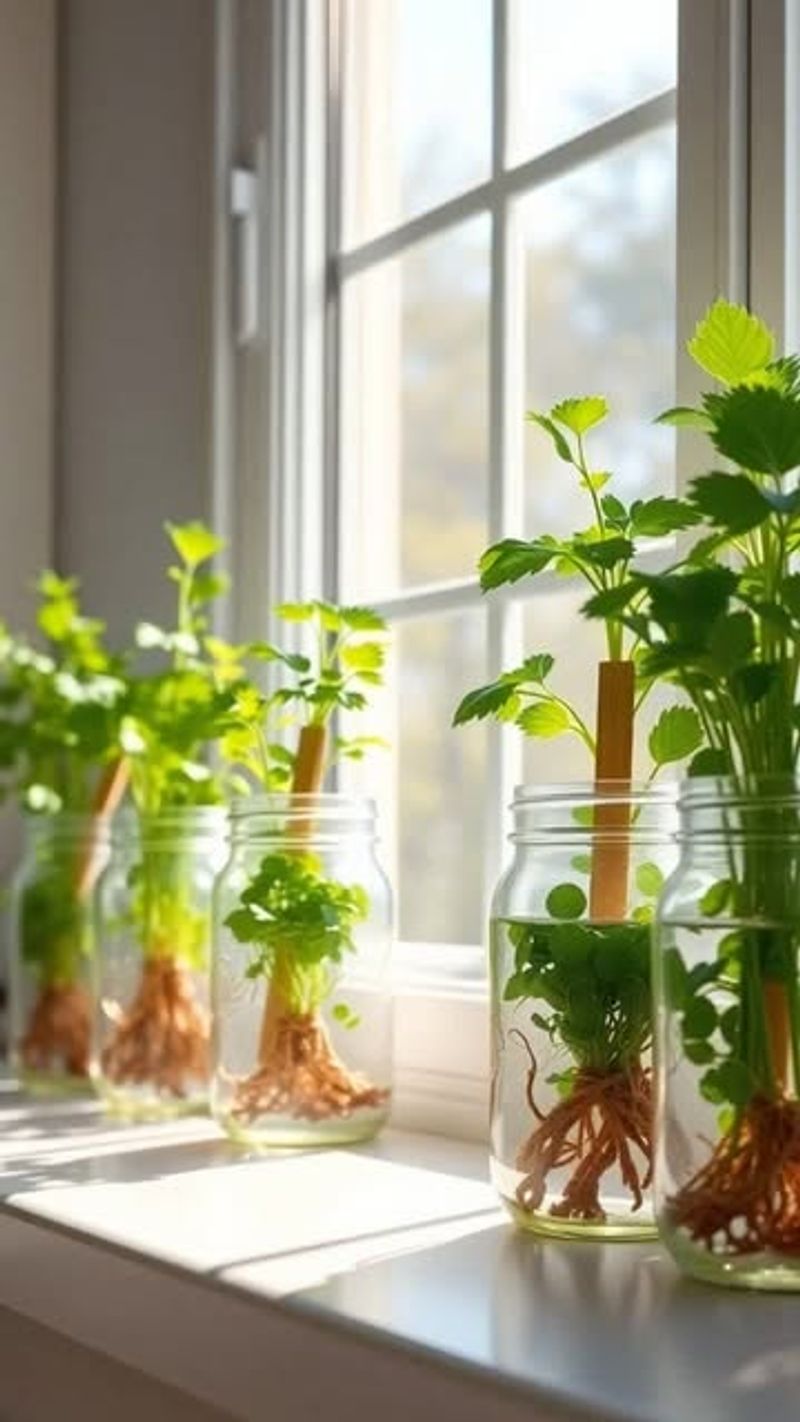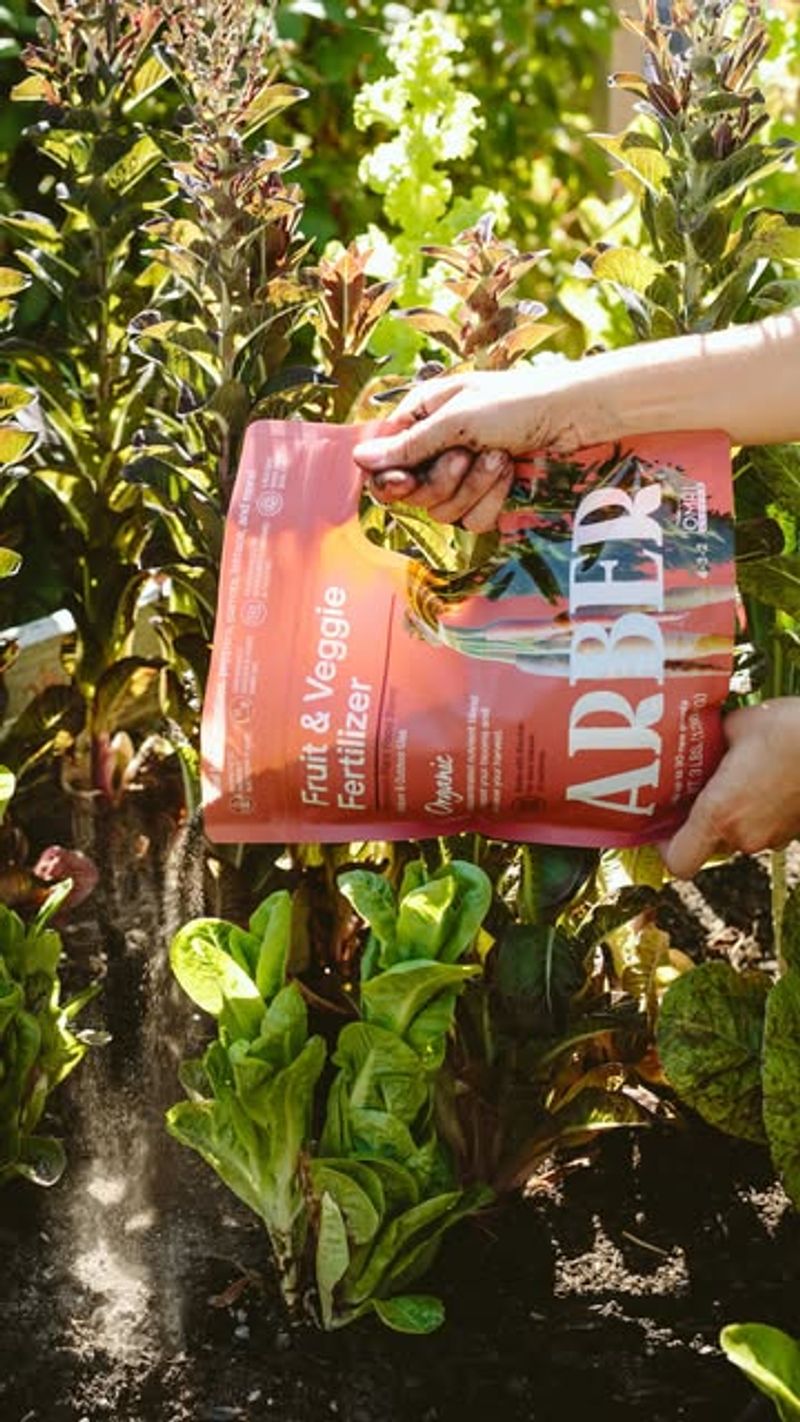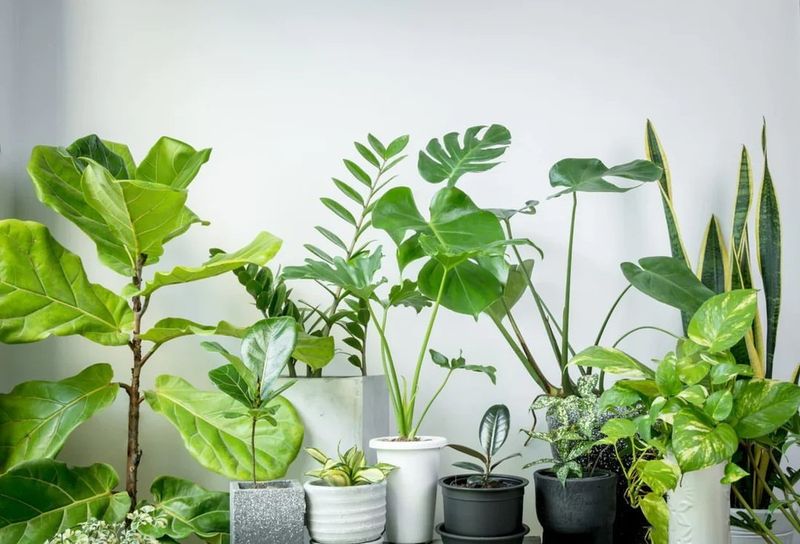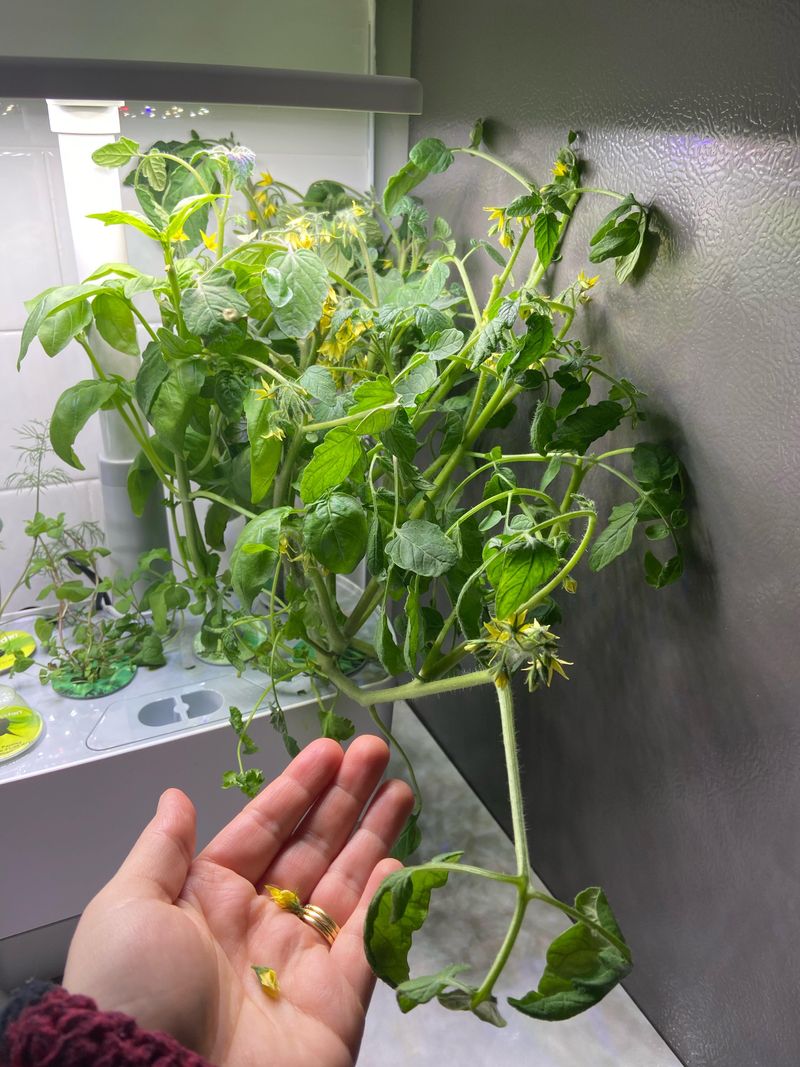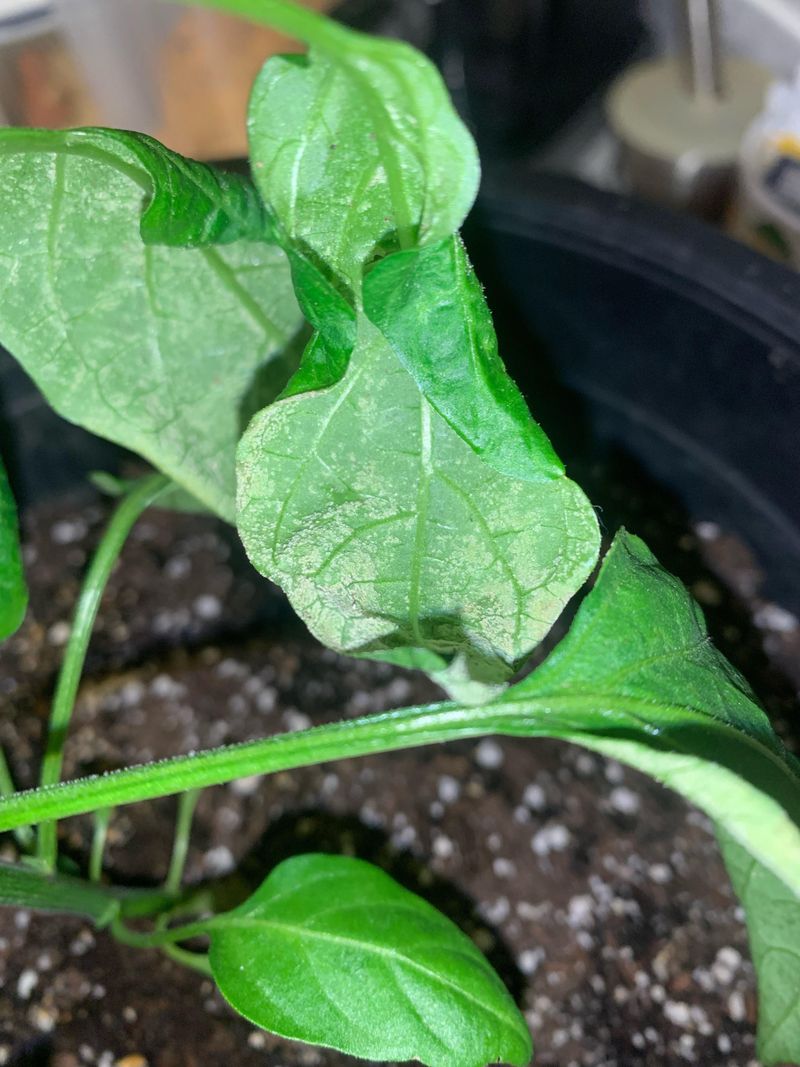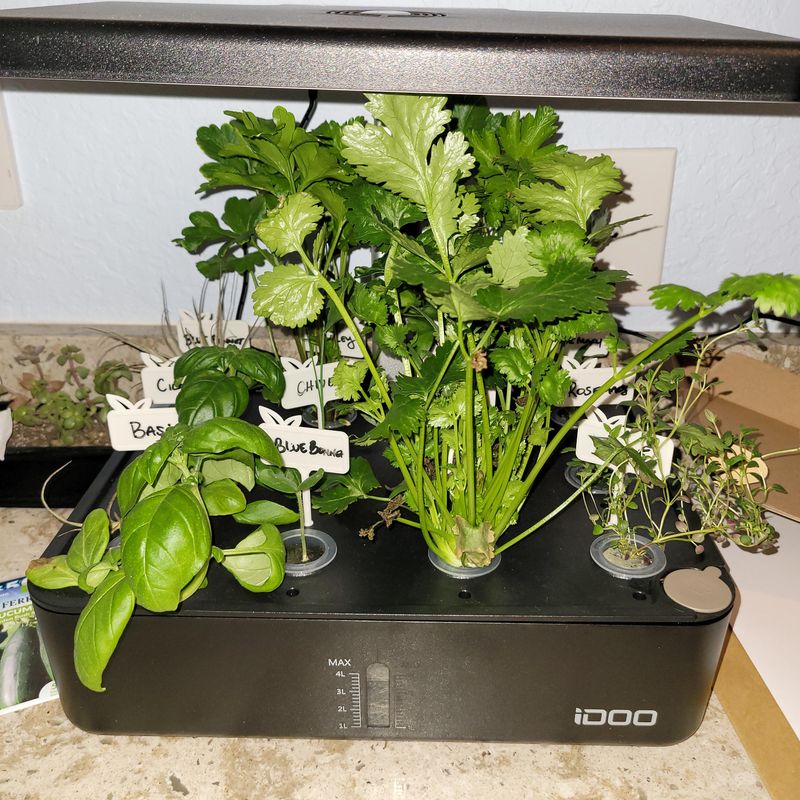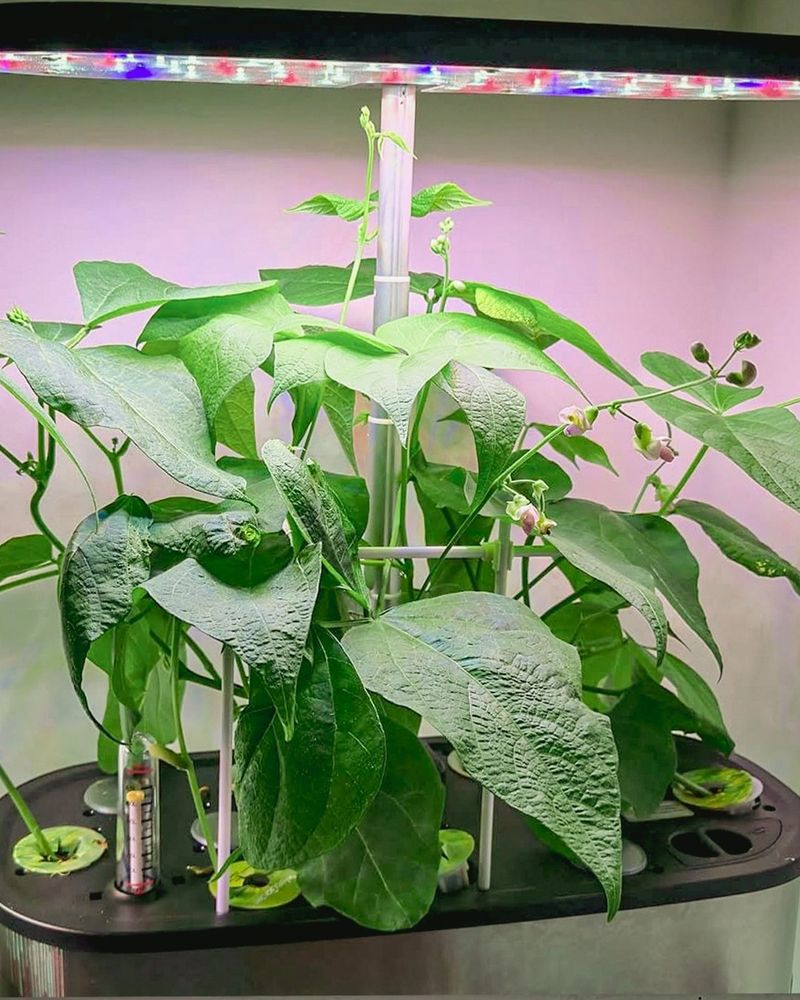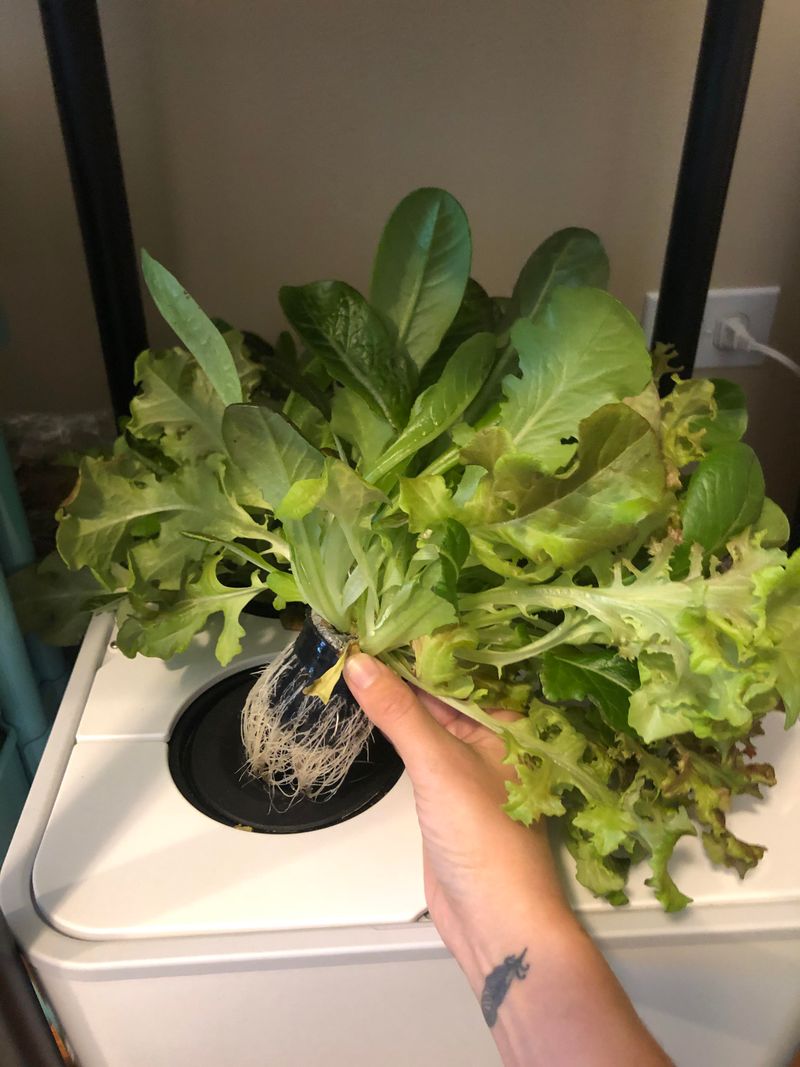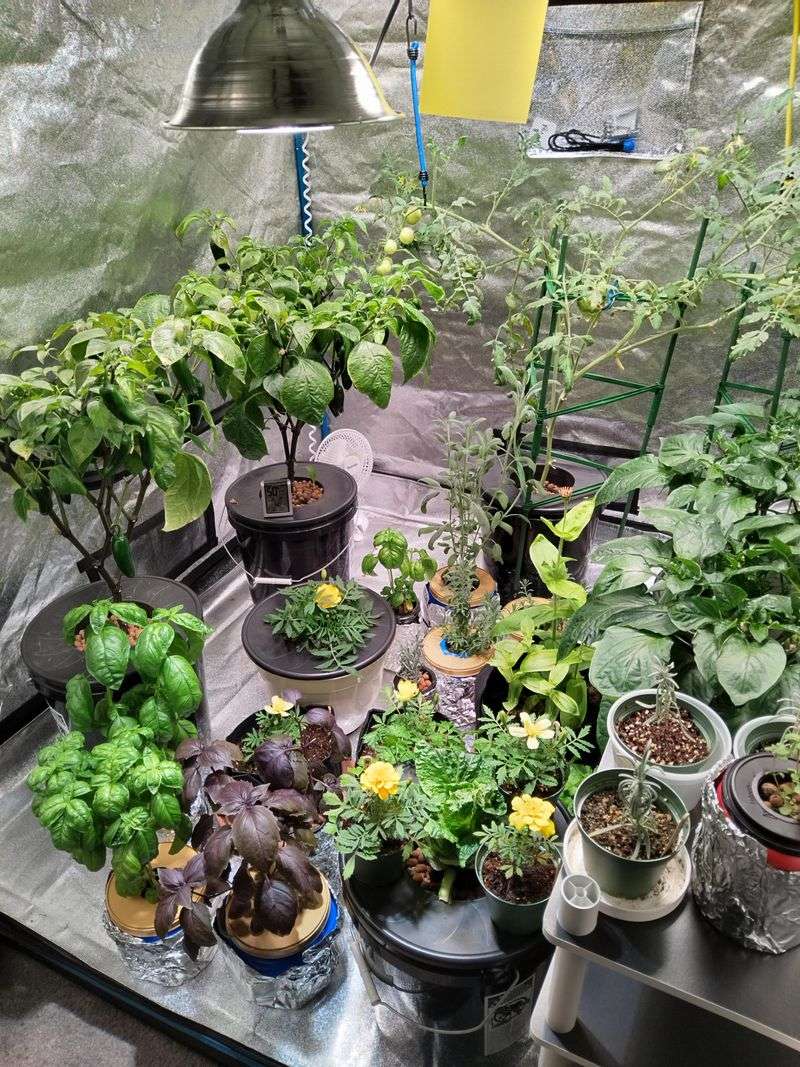Growing veggies indoors in summer sounds cozy—until the heat kicks in and things start to wilt. I’ve juggled droopy leaves and stubborn fruit enough times to know a few smart tricks go a long way.
These 16 tips will help you keep your indoor garden cool, productive, and full of life even when it’s sizzling outside. With the right tweaks, your veggies can thrive without stepping foot outdoors.
Let’s beat the heat and keep those harvests coming!
1. Choose Heat-Tolerant Varieties
Not all vegetables handle indoor summer conditions equally. Look for compact varieties specifically bred for containers and heat resistance, like cherry tomatoes, mini bell peppers, and bush cucumbers.
Thai basil, microgreens, and certain lettuce varieties also perform wonderfully indoors. The key is selecting plants that naturally thrive in warmer conditions or have been developed specifically for indoor growing environments.
2. Optimize Your Growing Space
Find spots in your home that receive consistent indirect light but stay relatively cool. North or east-facing windows often provide perfect conditions without the intense afternoon heat that can stress plants.
Consider using shelving units to maximize vertical space. This creates more growing area while keeping your vegetable garden organized. Remember that different plants have different light requirements, so arrange accordingly.
3. Invest in Proper Lighting
Summer days are longer, but indoor spaces still need supplemental lighting. Full-spectrum LED grow lights provide the perfect intensity and wavelengths for vegetable growth without generating excessive heat.
Position lights 6-12 inches above plants and run them for 14-16 hours daily. Many growers use timers to maintain consistent light schedules. The right lighting makes all the difference between struggling plants and abundant harvests.
4. Monitor Temperature Carefully
Most indoor vegetables prefer temperatures between 65-75°F during the day and slightly cooler at night. Use a reliable thermometer to track conditions in your growing area, especially during heat waves.
Keep plants away from air conditioning vents that cause temperature fluctuations. If a room gets too hot, consider relocating plants temporarily or using a small fan to improve air circulation without directly blowing on them.
5. Create Humidity Zones
Summer air conditioning can create dry indoor environments that vegetables hate. Group plants together to create natural humidity pockets, or place containers on trays filled with pebbles and water.
Mist leafy greens and herbs regularly but avoid wetting fruiting plants like tomatoes. A small humidifier near your garden can work wonders during particularly dry periods. Your plants will respond with healthier growth and fewer crispy leaf edges.
6. Select Appropriate Containers
Summer heat accelerates evaporation, so choose containers that retain moisture. Glazed ceramic or plastic pots work better than terracotta, which dries out quickly. Ensure all containers have drainage holes.
Larger pots maintain more stable soil temperatures and require less frequent watering. For leafy greens, 6-inch pots work well, while fruiting vegetables need at least 12-inch containers to develop healthy root systems and produce abundantly.
7. Use Premium Potting Mix
Regular garden soil compacts easily and lacks proper drainage for container growing. Invest in high-quality potting mix specifically formulated for vegetables, with components like coconut coir, perlite, and vermiculite to retain moisture.
Add a layer of mulch on top to further reduce evaporation. Some growers mix in water-retaining crystals or gel during summer months. The right soil makes watering more efficient and keeps roots cooler during heat spells.
8. Develop Strategic Watering Habits
Summer indoor gardens need consistent moisture without becoming waterlogged. Water thoroughly until liquid flows from drainage holes, but only when the top inch of soil feels dry to the touch.
Early morning watering works best, giving plants all day to utilize moisture. Use room-temperature water to avoid shocking roots. Self-watering containers or wicking systems can be lifesavers during hot periods when plants drink more rapidly.
9. Implement Proper Fertilization
Container vegetables quickly deplete nutrients, especially during active summer growth. Apply half-strength liquid organic fertilizer every two weeks rather than full-strength monthly applications.
Slow-release granular fertilizers provide steady nutrition without the salt buildup that can stress plants in hot weather. Pay special attention to calcium levels for tomatoes and peppers to prevent blossom end rot, which becomes more common during summer heat.
10. Encourage Air Circulation
Stagnant air creates perfect conditions for fungal diseases, especially in summer’s higher humidity. Position a small oscillating fan nearby to create gentle movement without directly blasting plants.
Proper spacing between containers also improves airflow. Prune crowded foliage regularly to maintain good circulation around all plant parts. This simple practice dramatically reduces pest and disease issues while strengthening stems for better fruit production.
11. Hand Pollinate Flowering Vegetables
Indoor environments lack natural pollinators like bees. Help fruiting vegetables like tomatoes, peppers, and cucumbers by hand-pollinating their flowers during midday when pollen is most viable.
Use a small paintbrush to transfer pollen between flowers, or gently shake plants to distribute pollen. Some growers use electric toothbrushes to vibrate flowers, mimicking bee wing vibrations. This simple step transforms flowers into delicious vegetables.
12. Manage Pests Proactively
Summer heat can accelerate pest reproduction cycles. Inspect plants weekly, checking under leaves and along stems for early signs of problems. Yellow sticky traps help monitor flying pests like fungus gnats and whiteflies.
Keep neem oil spray ready for immediate treatment of minor infestations. Introducing beneficial insects like ladybugs can provide natural control. Remember that preventing pests is easier than eliminating established populations.
13. Provide Support Structures
Indoor vegetables often grow lankier than their outdoor counterparts when reaching for light. Install stakes, cages, or trellises when plants are young to train proper growth and prevent future collapse.
Soft plant ties work better than rigid clips that can damage stems. For tomatoes and climbing vegetables, adjust supports as plants grow taller. Good support systems maximize your growing space while keeping plants healthier.
14. Rotate Plants Regularly
Even with supplemental lighting, indoor plants naturally lean toward windows. Rotate containers a quarter turn weekly to promote even growth and prevent plants from becoming lopsided.
This simple habit also helps you notice developing problems from all angles. Some growers use rolling plant stands to make rotation easier. Regular rotation results in stronger stems and more uniform fruit production.
15. Harvest Frequently and Properly
Summer heat accelerates ripening and can quickly lead to overripe produce. Check plants daily and harvest vegetables promptly when ready. Morning harvesting provides the best flavor and longest storage life.
Use sharp scissors rather than pulling fruits, which can damage plants. Regular harvesting stimulates continued production. For leafy greens, take outer leaves first while allowing centers to keep growing for extended harvests.
16. Create Microclimate Solutions
During extreme heat waves, create temporary protective microclimates. Place bowls of ice water near plants to cool surrounding air, or hang damp towels nearby to increase humidity and lower temperatures.
Move sensitive plants away from windows during peak afternoon heat. Some growers use reflective materials to bounce back intense light and heat. These temporary interventions can save your garden during the most challenging summer days.

